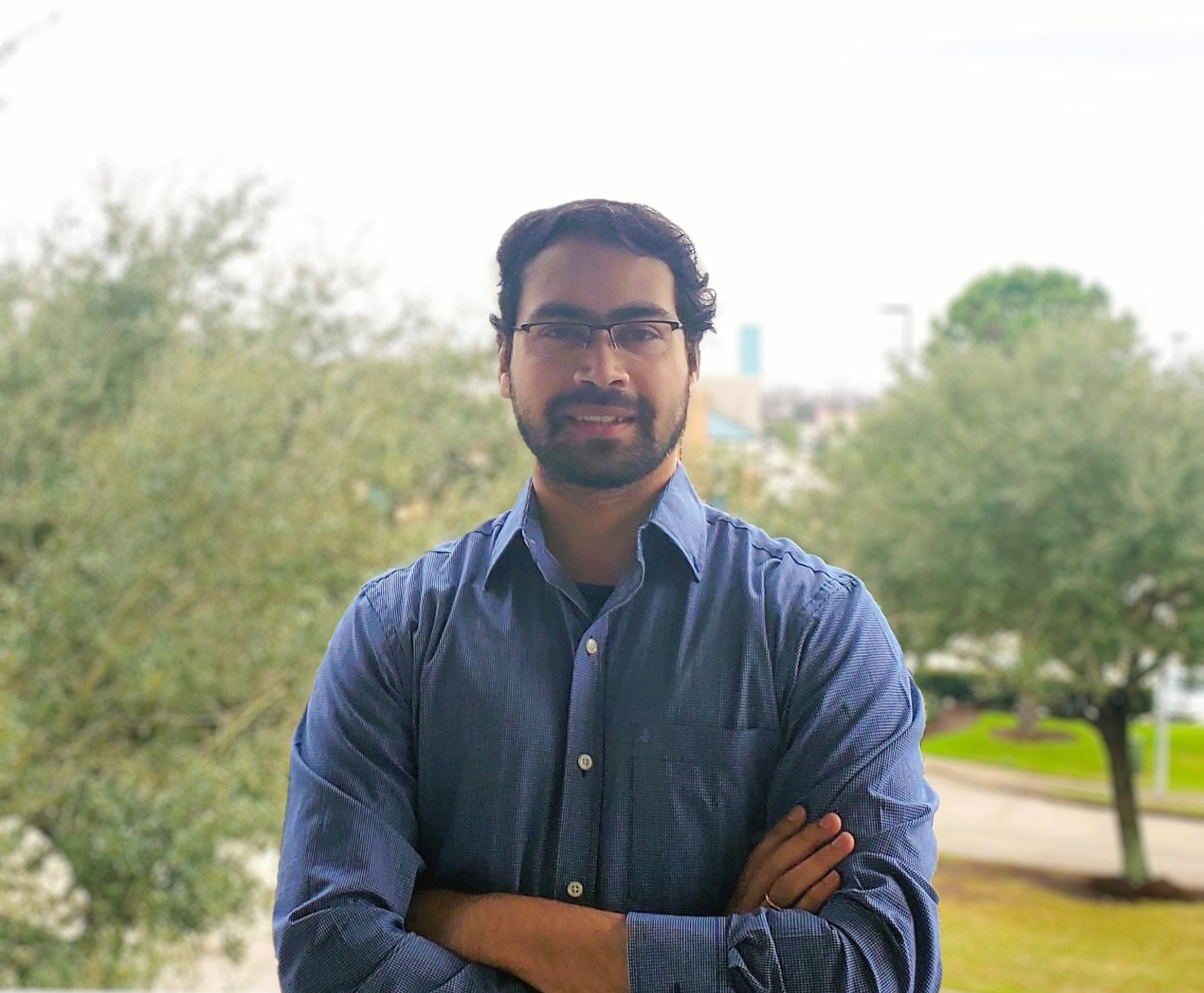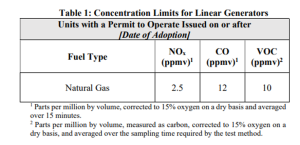South Coast Air Quality Management District (SCAQMD) PAR 1110.2 and PR 1110.3
Posted: August 7th, 2023
Authors: Aditya S.
The South Coast Air Quality Management District (SCAQMD) has proposed changes to Rule 1110.2 – Emissions from Gaseous- and Liquid-Fueled Engines (Rule 1110.2), which governs emissions from stationary and portable engines greater than 50 brake horsepower (bhp). In addition, SCAQMD is developing Proposed Rule 1110.3 – Emissions from Linear Generators (PR 1110.3) to address specific requirements associated with linear generators.
The public comment period for proposed amendments to Rule 1110.2 (PAR 1110.2) and PR 1110.3 ended on April 7, 2023. The dates of adoption of these rules are yet to be determined.
Background:
Rule 1110.2 is a source-specific rule that applies to facilities with engines greater than 50 rated bhp. Rule 1110.2 currently regulates linear generators and specifies emission limits and other requirements applicable to linear generators. However, with increased adoption of linear generators, PR 1110.3 has been developed to address specific considerations of the technology and capabilities of linear generators.
PR 1110.3 will establish emission limits for linear generators, as well as testing, monitoring, reporting, and recordkeeping requirements. The current Rule 1110.2 will be amended to remove provisions applicable to linear generators.
Provisions of PR 1110.3
Applicability: All linear generators firing solely natural gas are subject to this rule. Requirements for linear generators firing other fuels will be determined on a case-by-case basis during the permitting process.
Emissions Limits: Upon rule adoption, all newly permitted units will be subject to concentration limits in Table 1 of Rule 1110.3.
Affected units should comply with the following compliance and source testing requirements:
- Compliance with the emissions limits should be demonstrated through source testing.
- Source testing should be completed at least once every 24,000 operating hours, or every five years, whichever occurs first.
- The source test protocol should discuss the source test loads specific to the unit. The test should comply with test methods specified in the regulation.
- Facilities with four or more identical units can perform pooled testing, where one third of the units will be tested during each subsequent source test.
Affected units should comply with the following monitoring requirements:
- Install and maintain an operational non-resettable totalizing time meter to determine the operating time.
- Complete diagnostic emission checks using a certified portable nitrogen oxide (NOX), carbon monoxide (CO), and oxygen (O2) analyzer at least once every two years from the date of the previous emission check, no later than the last day of the calendar month that the test is due, or every 8,760 operating hours, whichever occurs first. Source tests can be completed in lieu of diagnostic tests.
- Install and maintain a net output meter that meets American National Standards Institute (ANSI) C12.20 or an equivalent standard.
- Maintain an operational parametric monitoring system that measures air-to-fuel ratio. Develop and implement procedures for at least daily monitoring of this system. All sensors and meters used by this system should be maintained per manufacturer’s recommendations.
Affected units should comply with the following record keeping and reporting:
- Affected facilities should maintain monthly records of total operating time, fuel consumption, net output, and parameters associated with air-to-fuel ratio monitoring.
- All source test reports should be submitted to the Executive Officer within 60 days of completion of the test.
Proposed Revisions to Rule 1110.2
The proposed revisions to Rule 1110.2 do not impact generators that are not linear generators. Upon adoption:
- Table IV in current Rule 1110.2 will be revised to remove concentration limits applicable to linear generators.
- Clause (d)(1)(L)(vii) in current Rule 1110.2 will be removed since the requirements are no longer applicable.
- The provision allowing for Inspection & Maintenance (I&M) Plan flexibility in current Rule 1110.2 will be removed, as it was an allowance added specifically for linear generator operators.
What should you do?
- Evaluate whether your engines are subject to the new PR 1110.3.
- Develop a plan to comply with the new rules. The proposed rules require facilities to conduct periodic testing and monitoring of emissions, and to report their emissions data to the SCAQMD. Facilities should develop monitoring plans and procedures for demonstrating compliance with testing, monitoring, and recordkeeping requirements.
ALL4 has a dedicated team of professionals specializing in emissions testing, monitoring, and reporting for stationary and portable engines. Reach out to Aditya Shivkumar or Matt Carideo for more information on recent SCAQMD rule updates.


